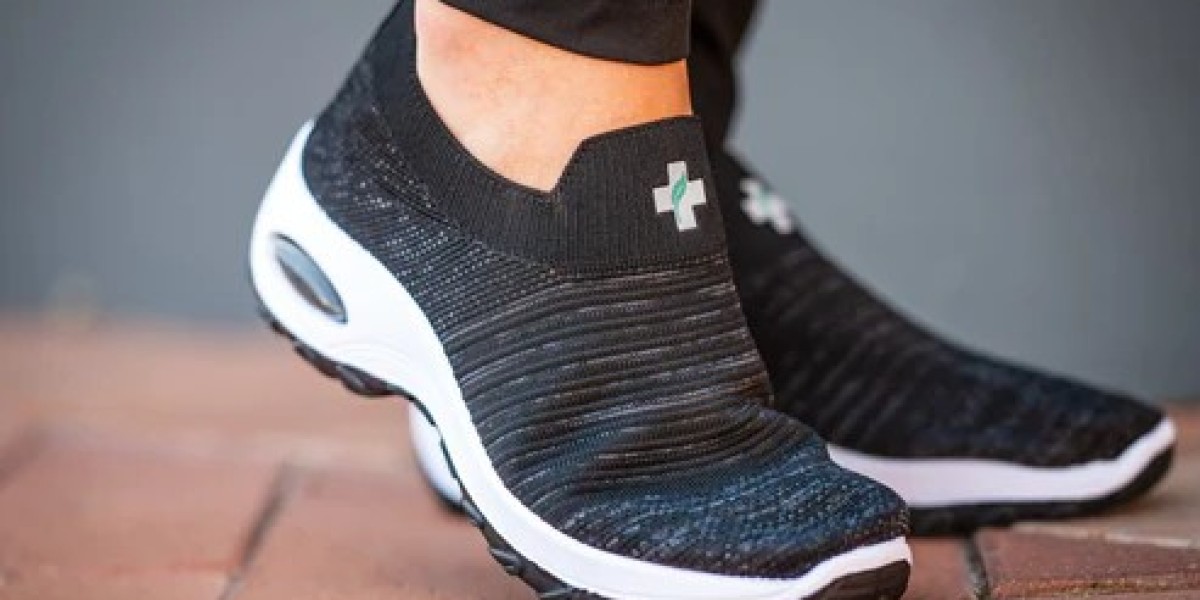In the demanding world of healthcare, nurses spend the majority of their time on their feet—walking, standing, and rushing from patient to patient. Long shifts and minimal breaks take a toll on the body, making the choice of shoes for nurses more than just a fashion decision—it’s a critical factor in daily comfort, posture, and long-term health.
Key Features to Look for in Nursing Shoes
1. Superior Arch Support
Arch support helps distribute weight evenly across your feet, reducing pressure points and fatigue. Nurses with flat feet or high arches should seek shoes with structured support to avoid strain on the knees, hips, and lower back.
2. Slip Resistance
Hospital floors can be slick due to spills, cleaning agents, or medical waste. Slip-resistant outsoles are essential for safety, especially in fast-paced environments. Always check if the shoe has been tested for traction on wet and dry surfaces.
3. Cushioning and Shock Absorption
Proper cushioning can make a world of difference during a 12-hour shift. Look for nursing shoes in Australia with thick insoles, memory foam padding, or gel inserts that help absorb shock and reduce impact on joints.
4. Lightweight and Breathable Materials
Heavy shoes can weigh you down and cause fatigue. Opt for materials like mesh or engineered knit that are lightweight and offer ventilation. This helps prevent overheating and keeps feet fresh throughout the day.
5. Easy to Clean
In a medical environment, cleanliness is critical. Many shoes for nurses are made with wipeable or water-resistant uppers, allowing you to quickly clean and sanitise your footwear after each shift.
Best Types of Shoes for Nurses
- Clogs: Durable, supportive, and easy to slip on/off—ideal for nurses needing strong arch support.
- Sneakers: Athletic-style shoes offer great cushioning and breathability for high-mobility roles.
- Slip-on Shoes: Convenient and quick to wear, with enough support for walking or standing all day.
Fit Is Everything
Even the best features won’t help if the fit is wrong. When trying on shoes, wear the same socks you use at work and walk around to check comfort. Ensure there’s enough toe room and that the heel doesn’t slip when walking. A properly fitted pair of shoes reduces the risk of blisters, bunions, and long-term foot problems.
Supportive Accessories to Consider
- Compression socks to improve circulation and reduce swelling
- Custom orthotics if you have specific foot conditions or need tailored arch support
- Heel pads or gel inserts for extra cushioning on high-impact areas
Conclusion
Choosing the right nurses’ shoes is a practical investment in your health, safety, and performance on the job. The ideal pair will offer a combination of support, grip, cushioning, and durability to help you stay focused and energised through every long shift. Take the time to find a pair that fits your feet, work environment, and daily demands—and your body will thank you shift after shift. For the best quality of nursing shoes, visit Simply Scrubs.



